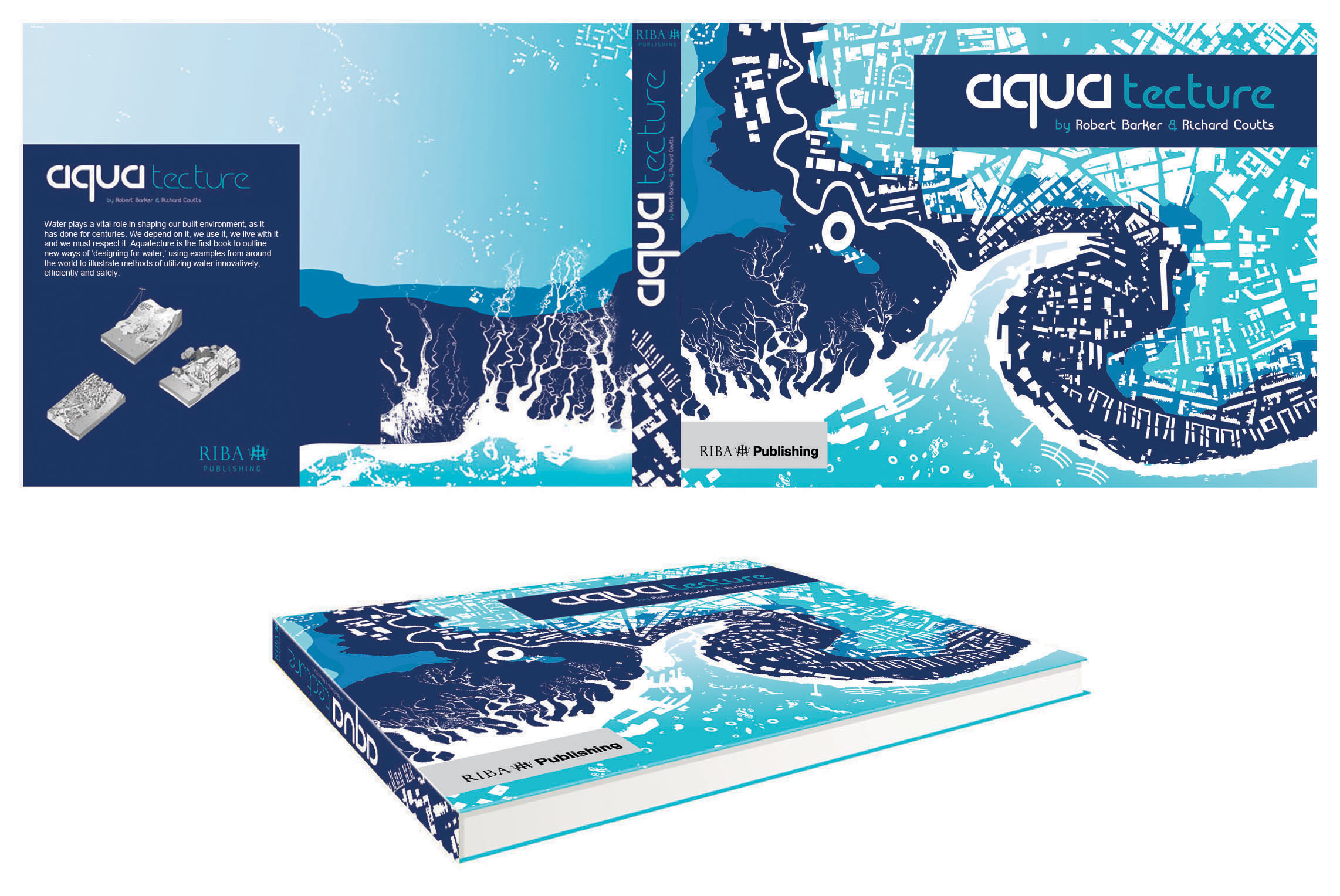Main author
Michael BrooksAquatecture - review
Robert Barker and Richard Coutts – 'Aquatecture: Buildings and cities designed to live and work with water'
Published by RIBA Publishing (2016)
This hefty and well-presented new book from the RIBA examines the vital role played by water in shaping the built environment. Since we depend on, use, and live with water, it is important that 'designing for water' is considered.
When one thinks of 'aquatecture', the first place that may spring to mind is Venice, a western city that is unique for being built on and around a lagoon. But modern architects too have sought to push the boundaries of the relationship between water and buildings; from Frank Lloyd Wright's iconic Falling Water, and Louis Kahn's Salk Institute, to Diller Scofidio & Renfro's Blur Building.
The book defines aquatecture as, 'A water-centric approach to design in which flood-risk management, development pressure and adaptation to climate change are simultaneously reconciled to allow buildings and cities to live and work with water.'
It examines the possible combinations of water and architecture, beginning with an historical overview. The relationship between water and architecture is examined; how water has shaped civilisations, how pressures from urbanisation increase the need to make space for water, and how best to cope with flooding through integrated design approaches.
It progresses on to what the possible future could look like in a world where climate change and flooding are increasing risks. It explores international approaches to designing with water across key disciplines of planning, landscape design, infrastructure and architecture. New innovative techniques are explored that the authors claim could 'revolutionise the way we think about water, design and urban planning'. Each is discussed and their respective effectiveness assessed.
Such innovations include:
- Amphibious (floating) buildings.
- Elevated buildings.
- Wet- and dry-proof buildings.
- Rain gardens.
- Flood storage.
- New methods of waterfront design.
Four case studies are provided:
- Building perspective: Amphibious house.
- Neighbourhood perspective: Seine Gare Vitry, Paris.
- City perspective: Shanghai, Future City.
- Regional perspective: Nijmegen and Lent, Netherlands.
Intended as a reference tool for architects, urban designers, planners and sustainability experts, 'Aquatecture' strikes a successful balance between providing technical information and exploring ambitious theories for future development. The illustrations and images throughout the book are excellent and serve to make it well-structured and a pleasure to dive in and out of and to examine in more depth.
For more information and to purchase 'Aquatecture', please see RIBA Bookshop.
[edit] Find out more
[edit] Related articles on Designing Buildings Wiki
- Bill Gething and Katie Puckett - Design for Climate Change.
- Blur Building.
- Charles Waldheim - Landscape as Urbanism: A General Theory.
- Coastal defences.
- Flood risk.
- Groundwater control in urban areas.
- Owen Hatherley - Landscapes of Communism.
- Prenuptial Housing.
- River engineering.
- Sustainable water.
- Thames barrier.
- Types of water.
- Urban Rigger.
- Water conservation.
- Water engineering.
Featured articles and news
Infrastructure that connect the physical and digital domains.
Harnessing robotics and AI in challenging environments
The key to nuclear decommissioning and fusion engineering.
BSRIA announces Lisa Ashworth as new CEO
Tasked with furthering BSRIA’s impressive growth ambitions.
Public buildings get half a million energy efficiency boost
£557 million to switch to cleaner heating and save on energy.
CIOB launches pre-election manifesto
Outlining potential future policies for the next government.
Grenfell Tower Inquiry announcement
Phase 2 hearings come to a close and the final report due in September.
Progress from Parts L, F and O: A whitepaper, one year on.
A replicated study to understand the opinion of practitioners.
ECA announces new president 2024
Electrical engineer and business leader Stuart Smith.
A distinct type of countryside that should be celebrated.
Should Part O be extended to existing buildings?
EAC brands heatwave adaptation a missed opportunity.
Definition of Statutory in workplace and facilities management
Established by IWFM, BESA, CIBSE and BSRIA.
Tackling the transition from traditional heating systems
59% lack the necessary information and confidence to switch.
The general election and the construction industry
As PM, Rishi Sunak announces July 4 date for an election.
Eco apprenticeships continue help grow green workforce
A year after being recognised at the King's coronation.
Permitted development rights for agricultural buildings
The changes coming into effect as of May 21, 2024.























